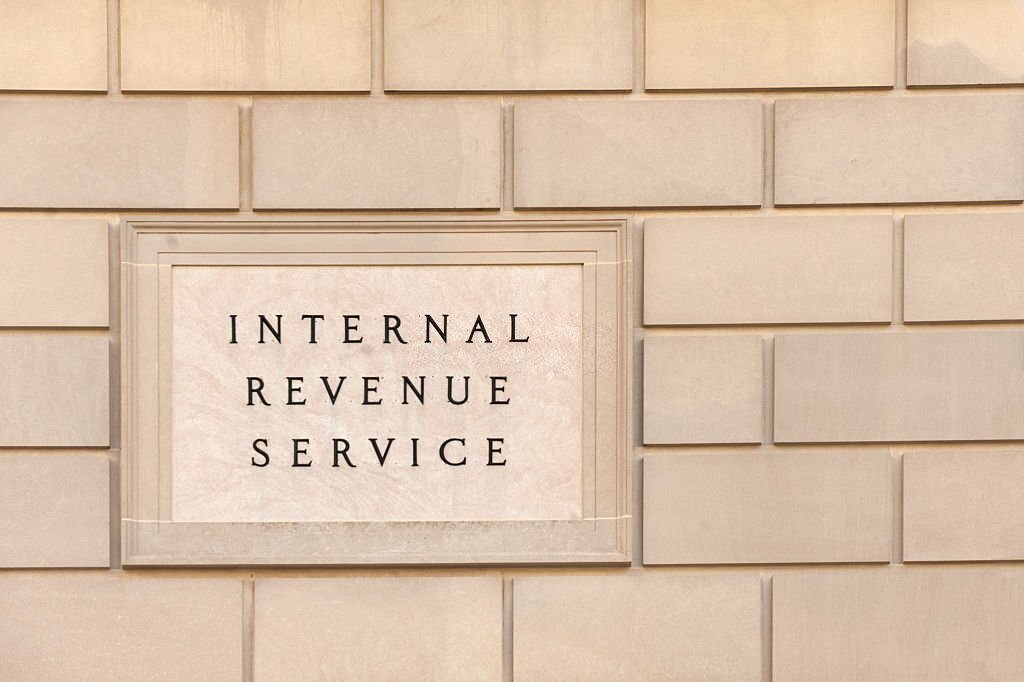Taxes
IRS Provides Safe Harbors For the Clean Aviation Fuel Credit
New guidance touches on the role farmers will play in the production of clean jet fuels and reducing emissions in the aviation industry.
May. 01, 2024

The big takeaway from the new guidance issued by the Treasury Department and the IRS on Tuesday regarding the Sustainable Aviation Fuel (SAF) credit is the role farmers will play in the production of clean jet fuels and reducing emissions from the aviation sector.
“[This] is an important steppingstone as it acknowledges the important role farmers can play in lowering greenhouse gas emissions and begins to reward them through that contribution in the production of new fuels,” U.S. Secretary of Agriculture Tom Vilsack said in a statement. “This is a great beginning as we develop new markets for sustainable aviation fuel that use home-grown agricultural crops produced using climate-smart agricultural practices.”
Safe harbors outlined in Notice 2024-37, released by the IRS on April 30, protects SAF makers from penalties, like an IRS audit, when qualifying for the tax credit.
The guidance provides safe harbors using the 40BSAF-GREET 2024 model—developed in collaboration with the Treasury Department, Department of Energy, and other federal agencies—including specifications for and limitations on taxpayer inputs and background inputs to the model, the IRS said.
The safe harbors in Notice 2024-37 can be used to calculate the emissions reduction percentage and for the corresponding unrelated party certification for the SAF credit, the tax agency added.
The 40BSAF-GREET 2024 model provides another methodology for SAF producers to determine the lifecycle greenhouse gas emissions rates of their production for the purposes of the SAF credit, according to the Treasury Department.
“The modified version of GREET incorporates new data, including updated modeling of key feedstocks and processes used in aviation fuel and indirect emissions. The modified GREET model also integrates key greenhouse gas emission reduction strategies such as carbon capture and storage, renewable natural gas, and renewable electricity,” Treasury said in a press release.
In addition, the guidance on Tuesday provides a safe harbor for using the USDA Climate Smart Agriculture Pilot Program to “further reduce the emissions reduction percentage calculated using the 40BSAF-GREET 2024 model for domestic soybean and domestic corn feedstocks and for certifying the related requirements,” the IRS said.
“Incorporating CSA [climate-smart agriculture] practices into the production of SAF provides multiple benefits, including lower overall greenhouse gas emissions associated with SAF production and increased adoption of farming practices that are associated with other environmental benefits, such as improved water quality and soil health,” Treasury said. “For corn ethanol-to-jet, the pilot provides a greenhouse gas reduction credit if a ‘bundle’ of certain CSA practices (no-till, cover crop, and enhanced efficiency fertilizer) are used. It similarly would allow a greenhouse gas reduction credit for soybean-to-jet if the soybean feedstock is produced using a bundle of applicable CSA practices (no-till and cover crop). This is a pilot program specific to the 40B credit, which is in effect for 2023 and 2024.”
The USDA will continue to work with federal agencies to expand opportunities in the future for climate-smart agriculture in producing sustainable aviation fuel, Vilsack said.
In a statement, the Renewable Fuels Association said the guidance issued by the Treasury Department and the IRS is a good first step, but more work must be done to fully open the SAF market to ethanol and properly recognize the climate benefits of modern agriculture and biofuels.
“Today’s guidance and modified GREET model help position ethanol-based SAF for takeoff, but more work is needed to fully clear the runway and get this opportunity off the ground,” said RFA President and CEO Geoff Cooper. “We are encouraged that, for the first time ever, this carbon scoring framework will recognize and credit certain climate-smart agricultural practices. We’re also pleased to see the integration of other carbon reduction strategies—like renewable process energy and carbon capture and sequestration—into the model. However, RFA believes less prescription on ag practices, more flexibility, and additional low-carbon technologies and practices should be added to the modeling framework to better reflect the innovation occurring throughout the supply chain.”
The SAF credit, a new tax incentive created by the Inflation Reduction Act of 2022, applies to a qualified fuel mixture containing sustainable aviation fuel for certain sales or uses in calendar years 2023 and 2024.
The credit incentivizes the production of SAF that achieves a lifecycle greenhouse gas emissions reduction of at least 50% as compared with petroleum-based jet fuel. Producers of SAF are eligible for a tax credit of $1.25 to $1.75 per gallon. SAF that achieves a greenhouse gas emissions reduction of 50% is eligible for the $1.25 credit per gallon amount, and SAF that achieves a greenhouse gas emissions reduction of more than 50% is eligible for an additional $0.01 per gallon for each percentage point the reduction exceeds 50%, up to $0.50 per gallon, Treasury said.
Notice 2023-06, which was issued by the IRS in December 2022, explains the requirements for the fuel to be eligible for the SAF credit, the various methods in which a claimant may claim the credit, and which parties must be registered for the different activities in the process.
